Ever heard of KGM? I hadn’t myself until a few months ago.
It’s the new name for the company that was formerly called SsangYong. SsangYong itself wasn’t particularly well known in Britain, so you’d be forgiven for not being aware the firm was bought out last year.
KGM is based in South Korea where it sits alongside automotive behemoths Kia and Hyundai.
The rebranded car maker aims to specialise in electric and hybrid SUVs. Its most recently launched car is the KGM Torres.
It’s a smoothly styled mid-sized SUV that’s available with a petrol engine or a fully electric powertrain.
I spent a week with the petrol version, which has a 1.5 litre unit pushing out 161bhp (I have the electric version coming later in the summer so look out for a review of that in a couple of months).
How big is it?
At 4.7 metres long it’s a similar size to the Ford Kuga, Mazda CX-5 and Nissan X-Trail. Prices start at £32,895 for entry level K30 version, with the top spec K40 version I drove costing just over £38,000.
Most KGM Torres buyers will be happy with the front-wheel drive version but for those who need some off-road ability a four-wheel drive model is joining the range soon.
Decent approach and departure angles and a 1,500 braked towing capacity put it ahead of its ‘soft roader’ rivals when it comes to being a workhorse.
Anyone living in rural Scotland who needs something tough to get them through brutal winters might want to look at the 4×4 version of the Torres.
KGM provides a five-year, 100,000-mile warranty. That’s down on the astonishing seven-year, 150,000-mile cover SsangYong used to provide, but still much better than virtually every other car maker apart from Kia and Hyundai.
The Torres is a handsome car, with a chunky shape that’s more utilitarian-looking than some rivals, and none the worse for it.
What’s it like inside?
Inside it’s much more sophisticated, with a sleek, minimalist interior dominated by a pair of 12.3in screens.
All models are well equipped. Entry level K30 versions have keyless entry and start, cruise control, heated seats and a heated steering wheel.
Top spec K40 models have leather seats, an electric tailgate, wireless phone charging, and a 360 degree parking camera.
Practicality is where the KGM Torres shines. There’s plenty of head and leg room all around, and the rear seats are wide enough that three adults can sit side-by-side.
The boot is absolutely massive. At 703 litres it’s much bigger than the 585 litres found in the Nissan X-Trail, the 484 litres in a Kuga, or the 510 litres a Mazda CX-5 offers.
Is it good to drive?
I took the Torres for a weekend Kingussie with friends. At 60mph on the A9 north of Perth it cruised comfortably and quietly.
The 1.5 litre engine feels more powerful than its 10.8 second 0-62mph time suggests and even with a full load it didn’t struggle going uphill. All versions come with a six-speed automatic gearbox that goes about its business quietly and without fuss.
The suspension easily handled the half mile rutted dirt track that lead to the converted steading we were staying in.
The only thing that interrupts an otherwise pleasant driving experience is seemingly relentless bonging. Start the engine before your seatbelt is on, get within sight of a speed limit sign, or step out with the engine running and the car will work itself into a frenzy of bonging and beeping until you do things just as it wants them.
Touchscreen issues
That’s irritating but by far the biggest weakness of the Torres is its touchscreen. The twin screens that swoop from the central dashboard to behind the steering wheel look fantastic but the touchscreen is painfully slow and fiddly.
It frequently took 30 or 40 seconds after starting the engine before the screen came to life. That’s 30 or 40 seconds of waiting before you can adjust the temperature or fan speed, or switch the demister on.
The shortcut icons are positioned for left-hand drive cars so are a stretch for UK drivers.
A couple of times the radio froze on its station. I pressed Absolute 80s (don’t judge me) several times but Radio Scotland kept playing for the rest of my journey. Still, at least it wasn’t the Archers…
If you can live with a subpar touchscreen and a nannyish system of bleeps, however, there’s plenty to commend the Torres for.
It looks good, drives decently, comes with a great warranty, and has plenty of passenger space and an exceptionally large boot.
Facts
Price: £38,080
0-62mph: 10.8 seconds
Top speed: 118mph
Economy: 33mpg
CO2 emissions: 194g/km
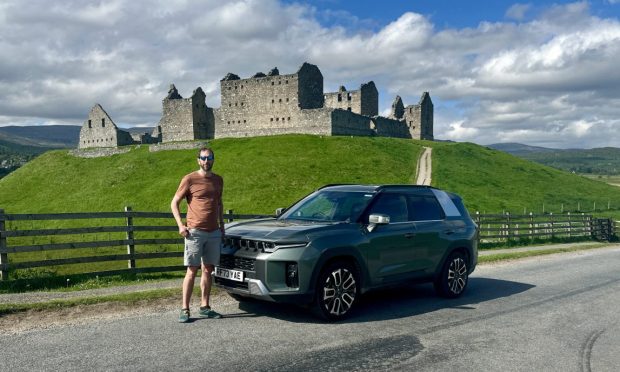

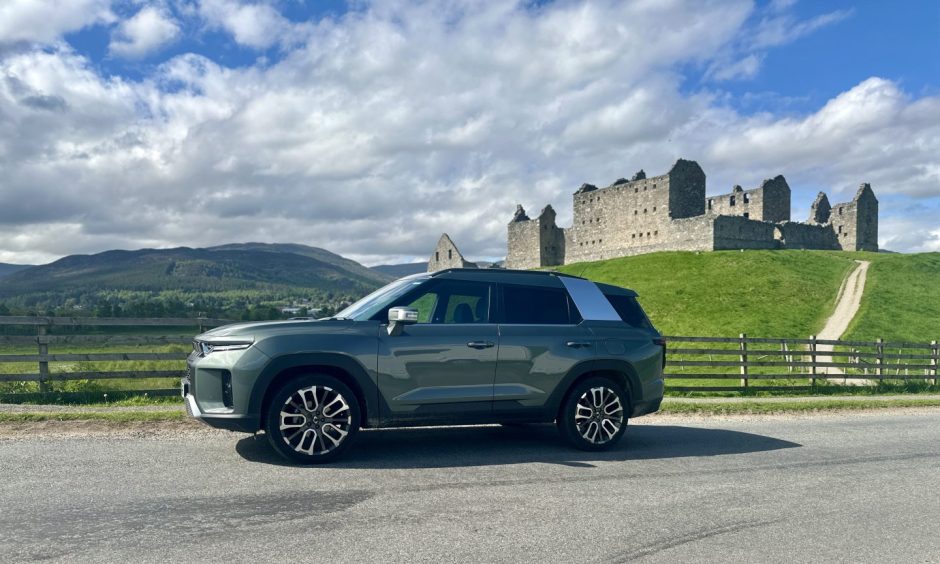
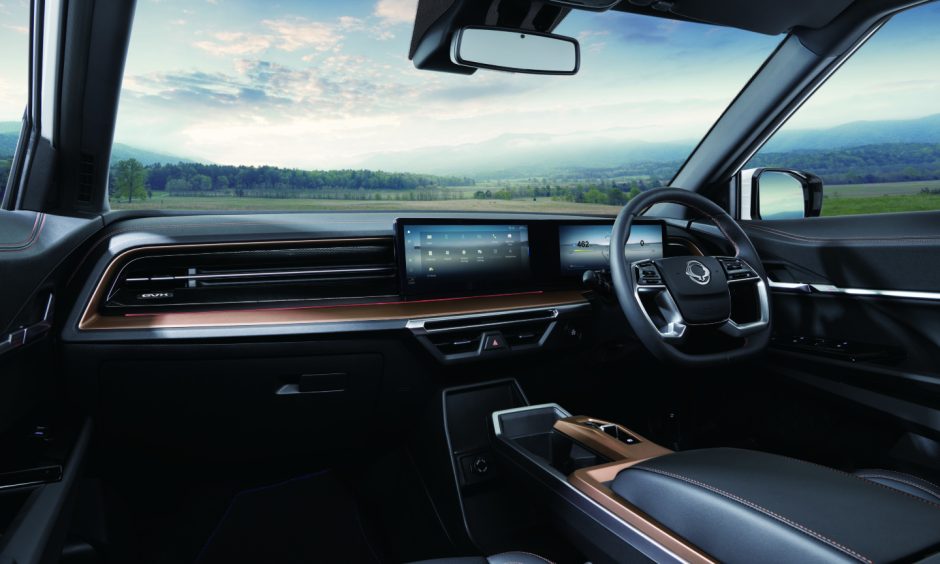
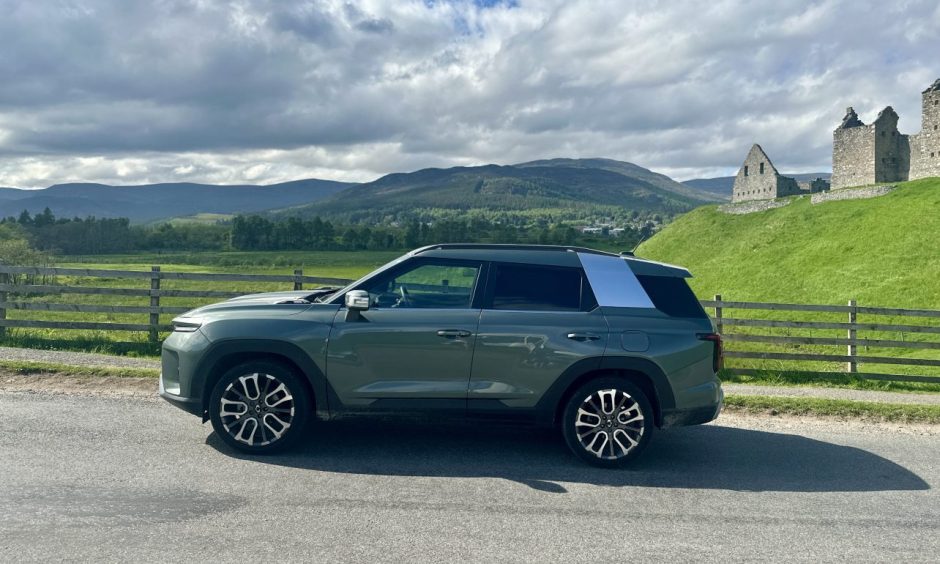
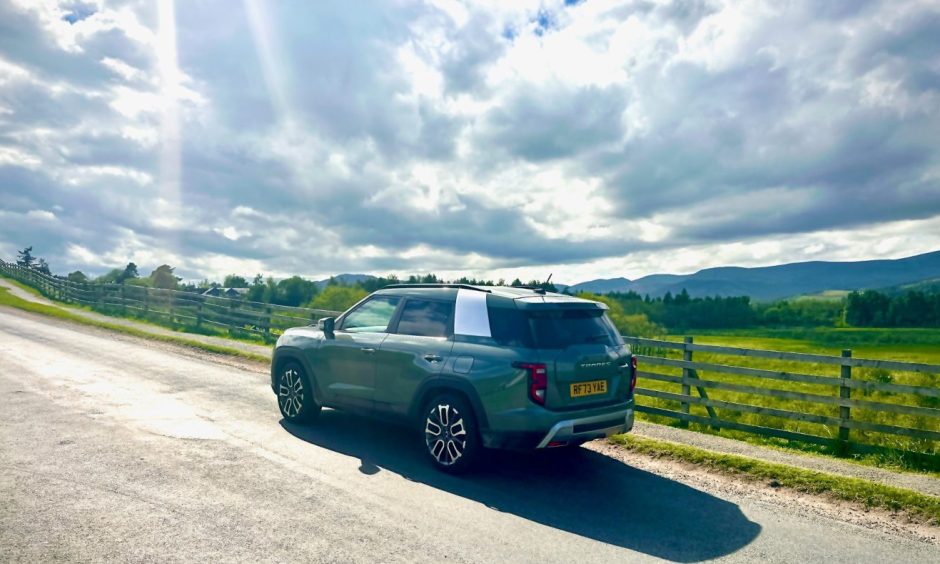
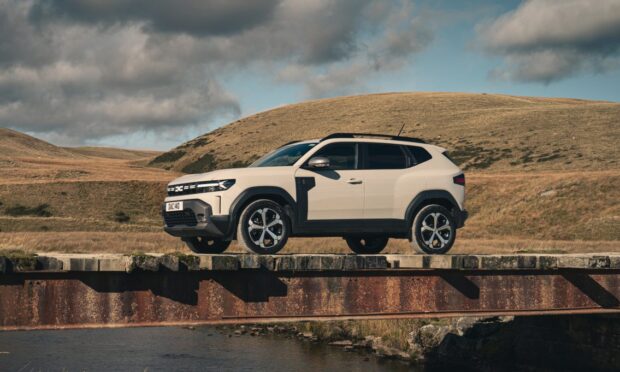
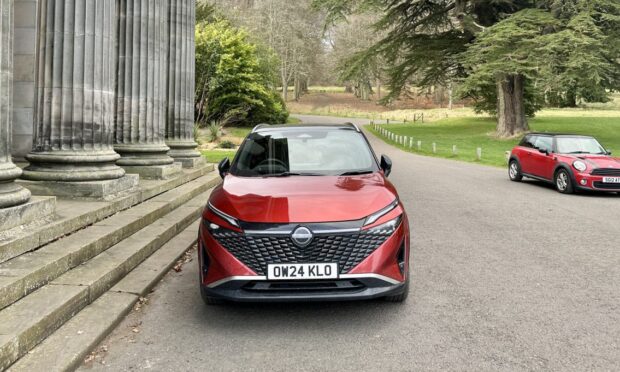
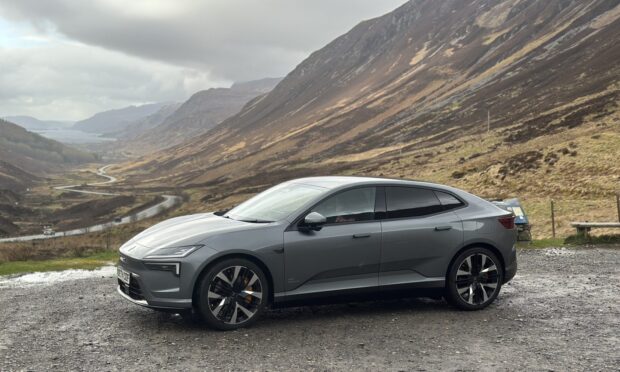
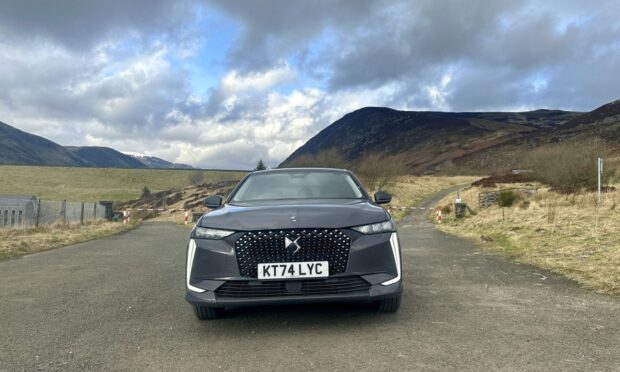
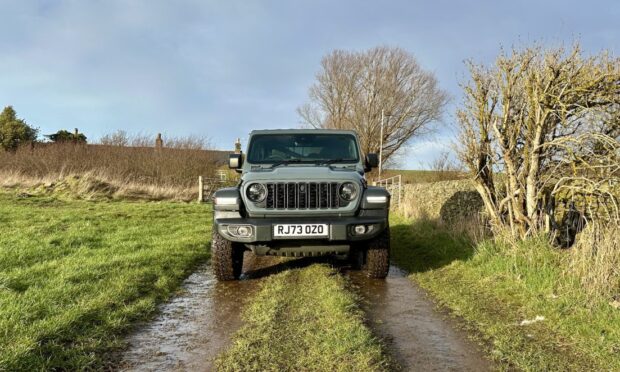
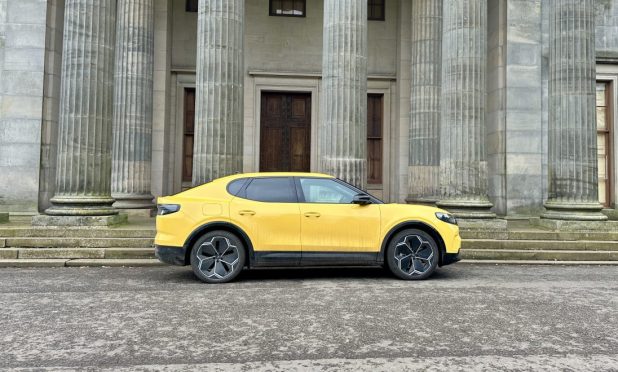


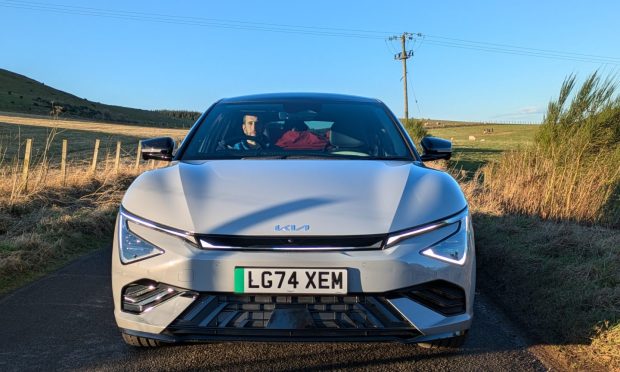
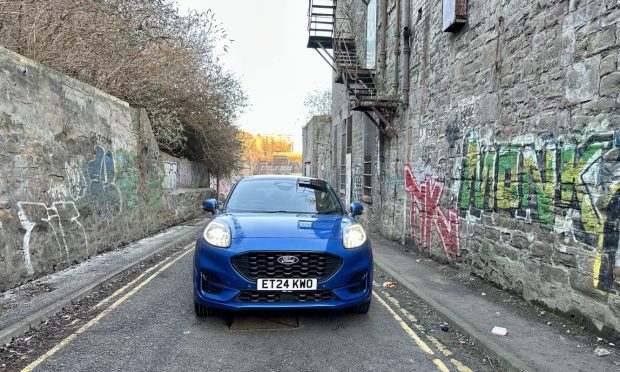
Conversation